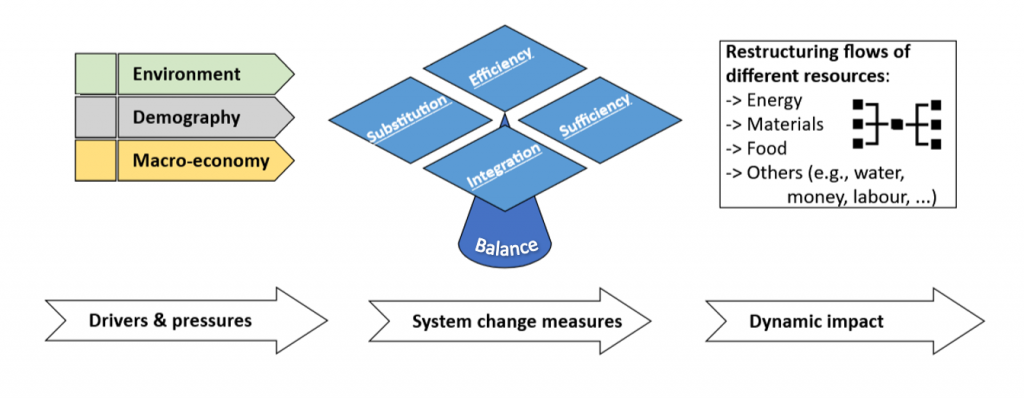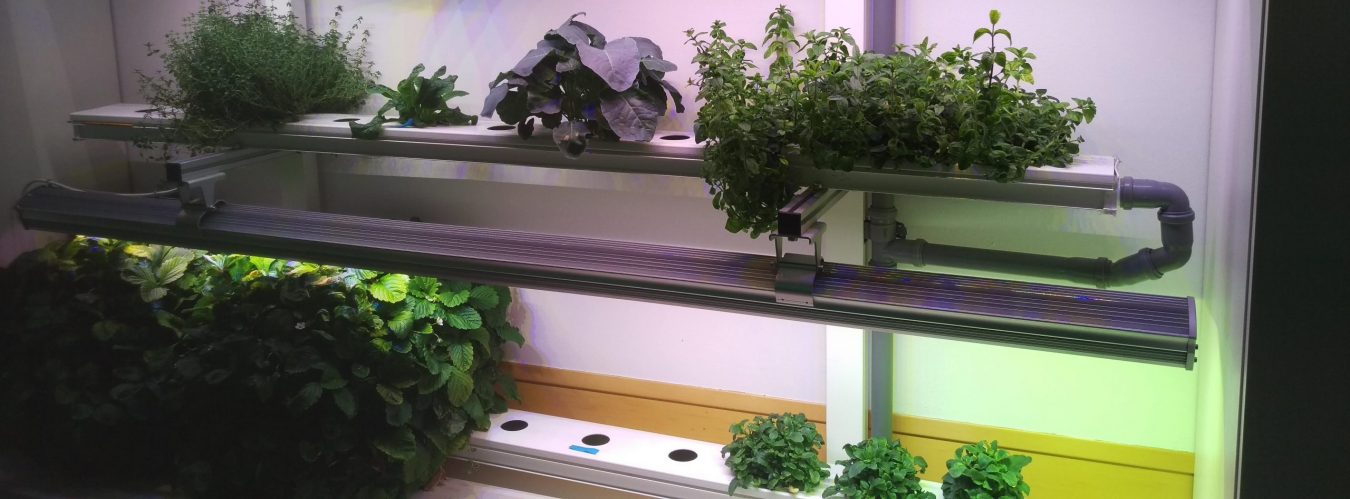I am inviting paper submissions to the Journal Energy, Sustainability and Society.
Energy, Sustainability and Society welcomes submissions to the thematic series on long-term visions for Circular Bioeconomy Research, Development, and Deployment.
Keywords: multidisciplinarity, interdisciplinarity, transformation pathways, synthetic solutions, biobased solutions, system integration
On the synthetic (share of the) future: Costs for renewable electricity from photovoltaic and wind power plants continuously decrease and can be expected to tend towards zero in the upcoming decades. This development is accompanied by further electrification of various services, including mobility, residential heating, and potentially hard-to-abate sectors such as high-temperature heat for industry, air, maritime transportation, and chemical production. Ultimately, low-cost renewable electricity will help us to close material loops and enable the Circular Economy. Rapid progress in the respective fields provides hopeful prospects for engineering our way out of the climate crisis.
On the biobased (share of the) future: At the same time, we experience giant leaps in bioengineering, our understanding of sustainably managing the biosphere, and the resource democratic importance of forestry, agriculture, and aquaculture. Biomimicry provided and will provide invaluable perspectives. Those perspectives are essential for specific innovations and, on a systemic level, for improving our networks‘ anticipatory self-organization. We increasingly acknowledge the limited, but significant „recycling capacity“ of nature, the urgency, and opportunities to take it into account in policies and the economy. In contrast to the „more synthetic“ solutions described in the first paragraph, automatizing the complex nexus biosphere/technosphere is more challenging. On the one hand, this means that we might experience massive backflows and relocation of jobs into the Circular Bioeconomy in the following decades. We can also hope for technological, organizational, and social learning in these sectors, while digitalization holds many exciting opportunities, too.
However, on the other hand, a considerable production cost gap for biobased products over synthetic products, including materials, energy, and food, might emerge soon, only to exaggerate in the upcoming decades.
For this article collection, we want to focus on
- the inherent benefits of Bioeconomy practices, justifying potential production cost gaps. Materials and, even more so, food are challenging to imagine being produced from electricity. However, respective technologies are on a lab scale and partly demonstrated at the moment. Bioenergy is already often denoted as a „bridging or transition solution.“ How can we reason research, development, and deployment in the Bioeconomy sectors for the times after achieving 100% renewable electricity at vanishing production costs?
- the emergent benefits of integration between synthetic and biobased systems, justifying a potentially higher cumulated production cost. Flexibility emerging from sector coupling between the electricity grid, mobility, residential heating, and industrial heat is the overall strategy to tackle the increasing share of intermittent renewables. Broader system coupling, or system integration, between renewables, Hydrogen Economy, Circular Economy, and the Bioeconomy must provide valuable system coupling, too. What are those benefits, how can we measure them, and how can we design a framework that rewards them?
We expect submissions from various natural, life, technology, and social sciences fields. A remaining research gap between sustainability and resilience science might be particularly relevant. Interdisciplinary approaches and manuscripts are encouraged. Please also provide a short paragraph on the benefits of integrating methodologies of different disciplines.
https://energsustainsoc.biomedcentral.com/circularbioeconomy

